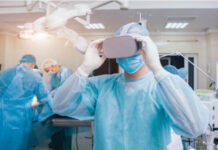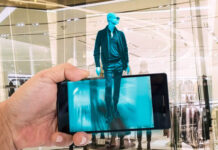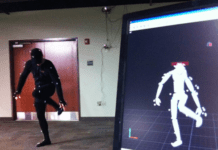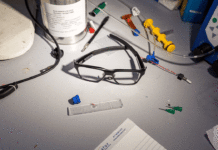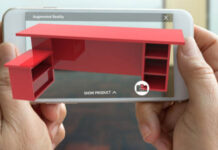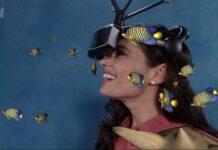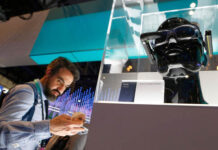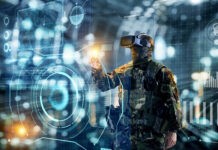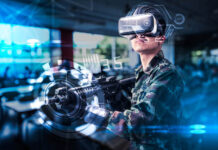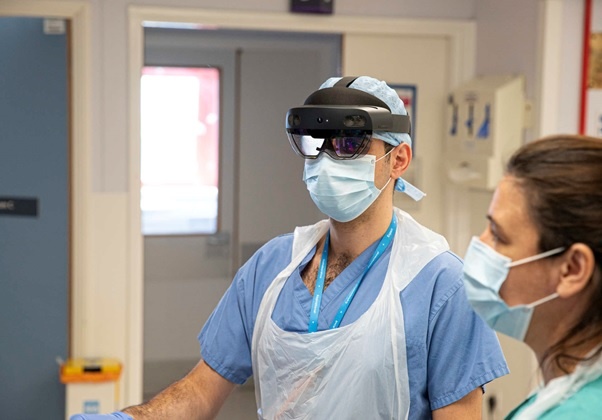
According to several researchers and reports, a metaverse is a place where we will be spending a lot of time shortly. The metaverse is not a sci-fi term that belongs somewhere in an exciting novel. It is very real in its unreality. It can be described as the collective, virtual, and shared space. It is created by the grouping of the virtually enhanced physical reality, the physically persistent virtual space. This includes the sum of all the virtual worlds, augmented reality, and the internet. It used to be represented in VR and AR technologies, especially in video games, but up until now, it has not reached a huge audience. You must be wondering about Metaverse During The Coronavirus Crisis.
News on the technology front shows that we could be moving closer to the point where more significant adoption of these technologies will occur. This is especially relevant in the current global context of the Coronavirus pandemic. Several leaks have also surfaced during this crisis, such as the leak from Apple that suggests that augmented reality glasses that can be linked with the iPhone are not too far away. This would confirm the company’s interest in the environment; and the environment in which they have already made several different purchases and registered several different patents.
Facebook, on the other hand, already has its foot in the front door of the metaverse and already owns Oculus VR since 2014. The company continues to propel its vision of working with AR and VR technologies, especially after lockdown, where any surface of the house can become an interface that we can use to visualize anything. The company also recently created its own Bitmojis & virtual avatars which is another technology that links them to the developing world of mixed reality.
Former CEO of HTC, Peter Chou, left the company about three years ago. He now runs XRSpace. This company has come up with a new VR device called Mova, which is lighter more powerful than its competitors, 5G equipped, and oriented to social interaction within its own virtual environment. XRSpace’s virtual reality concept, XR, uses a projection device close to the viewer’s eyes along with two front-facing cameras that allow for the integration of the real world. The stand-alone viewer design weighs less than 500 grams. They will be equipped with a display panel that has a refresh rate of 90 hertz, 702 dots per inch, beating its competitors on both parameters.
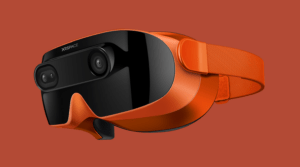
There has been a lot of news, many pieces of information that tell us that big companies are investing in an environment that has been in development for longer than we have expected. Where there is smoke, there is fire, as the adage goes, and this type of technology will not be created for the sole purpose of entertainment. In many countries, where the technology is available, it has been integrated into the lives of many manufacturers, teachers, soldiers, along with food & beverage workers.
One area where it has been implemented quite intensely is in the medical field. The Coronavirus pandemic has forced a lot of healthcare workers onto the front lines with masses of patients awaiting care. It has put a severe strain on the efficiency of the hospitals & clinics all over the world, not to mention the added stress it has put on nurses, doctors, and other medical staff. This pandemic opened up opportunities for virtual reality, augmented reality, and mixed reality products & technologies to show how valuable it can be in professional sectors. It has departed from its initial entertainment roots and is integrating into business sectors & everyday life.
An Imperial-led project at the Imperial College Healthcare NHS Trust highlighted the flexibility of MR technologies in the time of this crisis. Doctors have been wearing the Microsoft Hololens headsets while treating patients during the COVID-19 outbreak to ensure that they receive the best medical care. This area is not new to researchers who want to identify the impact of MR in the market. IDTechEx previously published the study “Augmented, Virtual, and Mixed Reality 2020-2030: Forecasts, Markets, and Technologies.” This study shows that the market is set to increase to $30 billion by 2030, highlighting how important MR will become.
This project was conducted by allowing other medical staff to sit in another room and see a live video feed of a doctor treating a COVID-19 patient by using Microsoft Teams. This way, the spectators are making use of remote assistance aspects that have been previously used by Hololens for manufacturing and maintenance. The devices allowed staff to minimize the amount of time they spend in a high-risk area by 83%. This also means that they are using less PPE, which means clinics are able to cut costs and add to their bottom line. This is because there are fewer clinicians in the room during patient care.
The use of mixed reality technologies in the medical field is not new. It has been discussed for several years. These discussions included possibilities like surgeons being able to view overlays of X-rays during procedures or simulated operations before the big event. The Hololens is undergoing rapid development. MedicaliSight has played a vital role in ensuring that the Hololens and Remote Assist functions have the proper security, management, and network capabilities of the NHS Trust. It has also ensured that the device is up to standard for medical use and that the user is confident in using the device while treating a patient.
Mixed reality forms a big part of the metaverse in which we find ourselves. It is not the only part of the ‘spatial family’ that made its arrival. Others include augmented & virtual reality devices that are also used in several other fields. The future holds more cases like this where devices such as the Hololens will be used in serious situations. Part of the $30 billion markets in 2030 will come from the uptake of devices in these novel and high impact cases. The best we can do is adapt and allow it to make our lives more efficient.
References:
Dans, Enrique: Has the Pandemic Launched us into the Age of the Metaverse? Forbes.
May 27, 2020
Mixed Reality in a Time of COVID-19, Display Daily.
May 27, 2020

